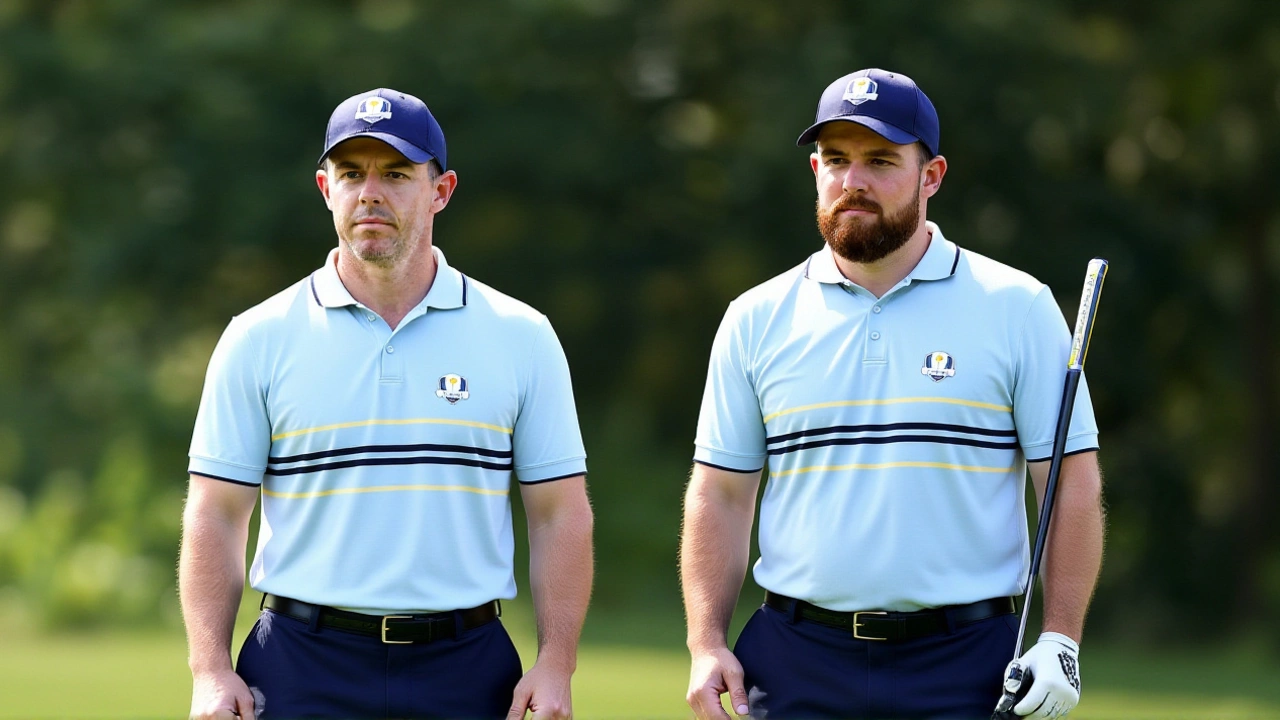Bethpage Black Golf Course Overview
When talking about legendary Bethpage Black, the famed 18‑hole public course in New York that has hosted multiple U.S. Opens, most fans picture a brutally tough layout that separates the pros from the weekend players. It’s a public course, which means anyone can book a tee time, yet its difficulty rivals private elite clubs. In simple terms, Bethpage Black demands a low handicap and a solid strategy, making it a true test of skill.
Key Connections that Define Bethpage Black
One major factor in the course’s reputation is its role in the US Open, the premier championship organized by the USGA that chooses the toughest venues each year. Bethpage Black encompasses the high‑pressure environment of the US Open, requiring players to manage both distance and precision on its unforgiving fairways. The tournament influences the course’s global standing, and the US Open, in turn, highlights Bethpage Black’s place in golf history.
Another essential piece of the puzzle is public golf, the segment of the sport that allows everyday players to experience top‑tier courses without a private membership. Bethpage Black requires the accessibility of public golf while delivering a challenge normally reserved for exclusive clubs. This dual nature makes it a unique case where public golf meets championship standards, and it shows how public courses can host world‑class events.
The course rating, a numerical value that indicates the difficulty of a golf course for a scratch golfer at Bethpage Black sits at 77.5, one of the highest in the United States. That rating reflects the steep slopes, deep bunkers, and narrow landing zones you’ll face. Course rating influences handicap calculations and tells players exactly how tough the round will be, linking directly to the skill level needed to play Bethpage Black successfully.
Beyond these entities, the course’s design pedigree adds another layer of interest. Designed by renowned architect A. W. Tillinghast, Bethpage Black blends classic architecture with modern demands, showing how thoughtful design can create a lasting challenge. The layout requires strategic thinking, especially on the infamous 4th hole, where a slight miss can cost several strokes. That design element ties together the concepts of public accessibility, championship standards, and high course rating into one cohesive experience.
Historically, Bethpage Black has been the stage for dramatic moments—Johnny Miller’s 63 in 1971, a record‑low score that still echoes today, and the unforgettable playoff between Tiger Woods and Phil Mickelson in 2002. Each event reinforces the semantic triple: Bethpage Black hosts the US Open, the US Open raises the profile of Bethpage Black, and the course rating mirrors the tournament’s difficulty. These stories illustrate how a single course can shape and be shaped by the biggest events in golf.
Below you’ll find a curated mix of articles that dig deeper into these themes, from detailed analyses of the course’s toughest holes to personal accounts of playing the Black layout. Whether you’re planning a tee time, studying tournament history, or just curious about why Bethpage Black remains a benchmark for challenging golf, the posts ahead give you the insights you need.
Saturday's fourball matches at Bethpage Black saw Team Europe widen its advantage to 11.5-4.5 over the United States. Key pairings, strategic moves, and standout performances set the stage for a Sunday that could seal the trophy for Europe. Captain Luke Donald warned the job isn’t done despite the gap.
